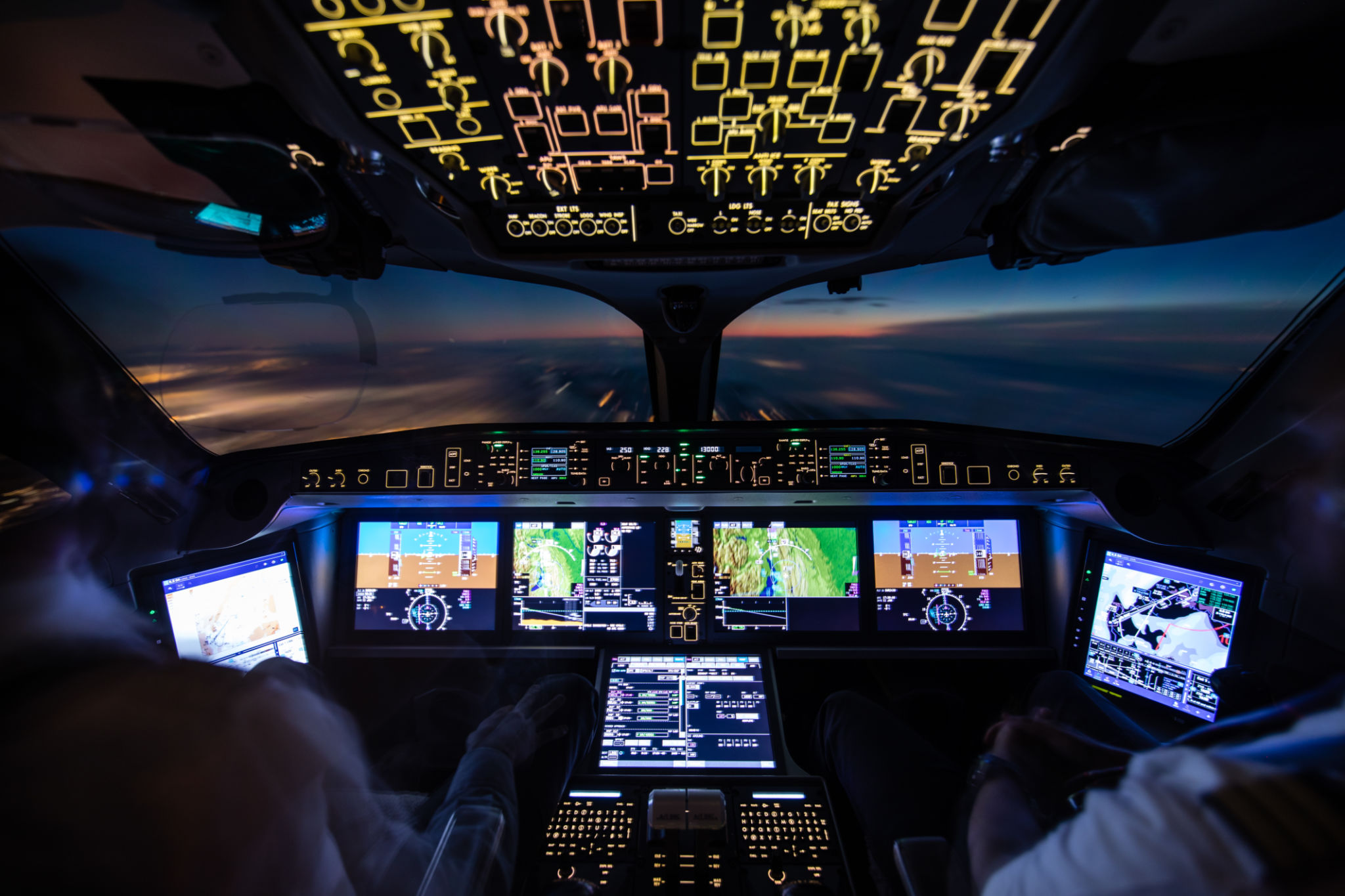Understanding the Role of Flight Data Recorders in Modern Aviation Safety
The Importance of Flight Data Recorders
Flight Data Recorders (FDRs), commonly known as "black boxes," play a crucial role in enhancing aviation safety. Despite their name, these devices are actually bright orange to aid in their recovery after accidents. The primary function of FDRs is to record flight parameters, which can be critical in understanding the events leading up to an incident. By analyzing this data, investigators can identify potential issues and recommend improvements to aviation practices.
The introduction of FDRs has significantly contributed to the reduction of aviation accidents. They provide invaluable insights that help improve the design and operation of aircraft, ultimately making air travel safer for everyone. Airlines and regulatory bodies rely on the data collected by these recorders to enforce stringent safety standards and ensure compliance with international aviation regulations.

How Flight Data Recorders Work
Flight Data Recorders are equipped with sensors that capture a wide range of data points, including altitude, airspeed, and heading. Modern FDRs can record hundreds to thousands of parameters per second, offering a comprehensive snapshot of the aircraft's performance. This data is stored in a crash-survivable memory unit designed to withstand extreme conditions such as high impact, heat, and pressure.
Alongside the FDR, the Cockpit Voice Recorder (CVR) captures audio from the cockpit, including conversations and ambient sounds. Together, these devices provide a detailed account of the final moments before an incident. This combination of data is essential for a thorough investigation and subsequent analysis.
The Evolution of Flight Data Recorders
The evolution of Flight Data Recorders has been remarkable since their inception in the 1950s. Early models were limited in their capacity and durability, but technological advancements have led to the development of more sophisticated devices capable of recording vast amounts of data in real-time. The integration of digital technology has further enhanced their reliability and efficiency.

Today, FDRs are a mandatory component in commercial aircraft worldwide. As technology continues to advance, newer models are being developed with features such as real-time data streaming capabilities. This innovation enables engineers and pilots to monitor an aircraft's performance continuously, potentially identifying issues before they escalate into critical situations.
The Role of Flight Data Recorders in Accident Investigations
In the aftermath of an aviation accident, flight data recorders are often the key to unlocking crucial information about what went wrong. Investigators use the data extracted from FDRs to reconstruct the flight's final moments, providing insights into mechanical failures, crew actions, and environmental conditions. This analysis is instrumental in determining the cause of an accident and preventing similar incidents in the future.
The findings from these investigations can lead to important changes in aviation policy and practice. Recommendations may include modifications to aircraft design, updates to pilot training programs, or changes in operational procedures. Through these efforts, the aviation industry continues to improve its safety standards and mitigate risks associated with air travel.

Challenges and Future Prospects
Despite their critical role, Flight Data Recorders face challenges such as difficulties in recovery from remote or underwater crash sites. Efforts are underway to develop locator beacons with extended range and battery life, improving the chances of locating these devices quickly.
Looking ahead, the future of FDRs may include innovations like cloud-based data storage and real-time transmission systems. These advancements could revolutionize how flight data is collected and analyzed, offering new opportunities for proactive safety measures. As the aviation industry embraces these emerging technologies, the role of flight data recorders will continue to evolve, ensuring that air travel remains one of the safest modes of transportation.
